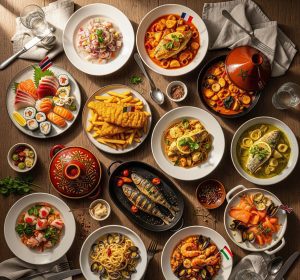What the heck is gluten and why it is a problem?
Commentary from Dr. O’Bryan
What the heck is gluten?
Why is it suddenly a problem?
1 out 100 has a serious problem with it.
5% to 6% of the population is sensitive to it – and that number appears to be growing.
Has this always been the case? If not, what’s changed?
Two big things have changed:
1. Food manufacturers continue to steadily cut corners when producing baked goods, opting for high gluten ingredients because they are easier to work with
2. The overall contamination of air, water, food continues to increase the load of “junk” people have to deal with in the environment.
What do you do if you’re gluten sensitive or want to reduce your gluten intake?
Here’s where the gluten isn’t and here’s where it is
* Foods WITHOUT gluten
It’s important to make sure that they are not processed or mixed with gluten-containing grains, additives or preservatives. Many grains and starches can be part of a gluten-free diet:
Amaranth
Arrowroot
Buckwheat
Corn and cornmeal
Flax
Gluten-free flours (rice, soy, corn, potato, bean)
Hominy (corn)
Millet
Quinoa
Rice
Sorghum
Soy
Tapioca
Teff
Here are the foods WITH gluten:
Barley (malt, malt flavoring and malt vinegar are usually made from barley)
Rye
Triticale (a cross between wheat and rye)
Wheat
Avoiding wheat can be challenging because wheat products go by numerous names. Consider the many types of wheat flour on supermarket shelves – bromated, enriched, phosphated, plain and self-rising. Here are other wheat products to avoid:
Bulgur
Durum flour
Farina
Graham flour
Kamut
Semolina
Spelt
Click here to support: The Real Food Channel
The Brasscheck/Real Food Reading List
We recommend these books as a foundation for educating yourself about health in the 21st Century.
www.brasscheck.com/video/the-brasscheck-real-food-reading-list/


